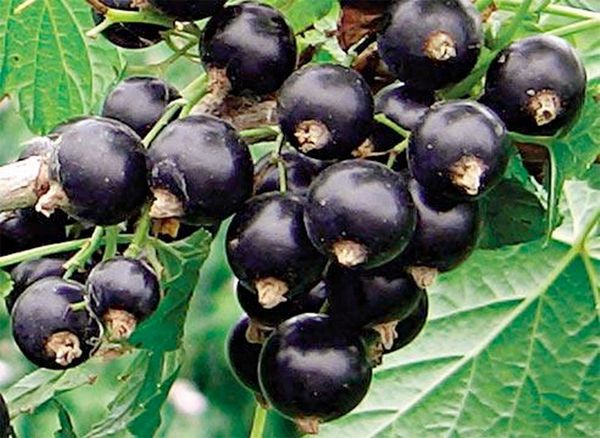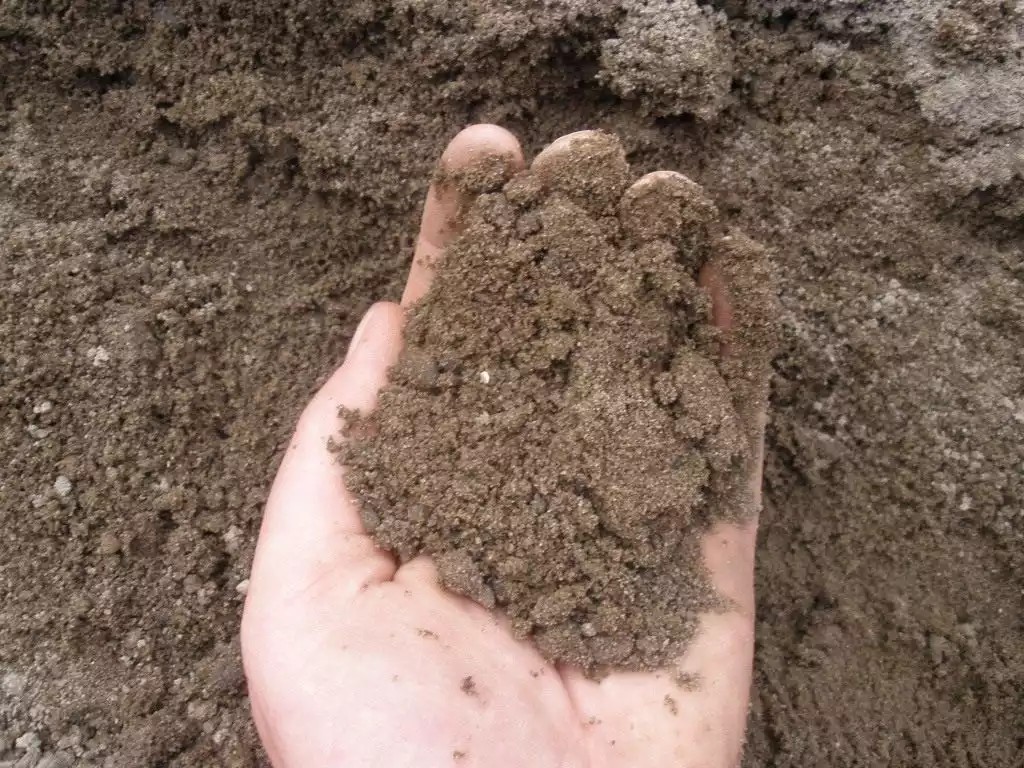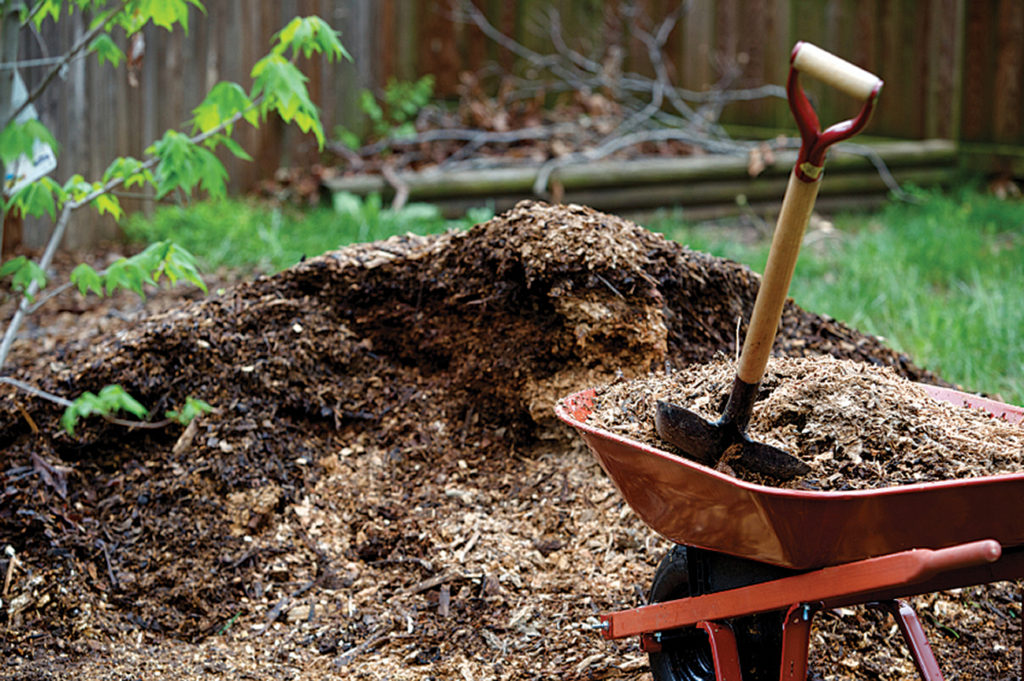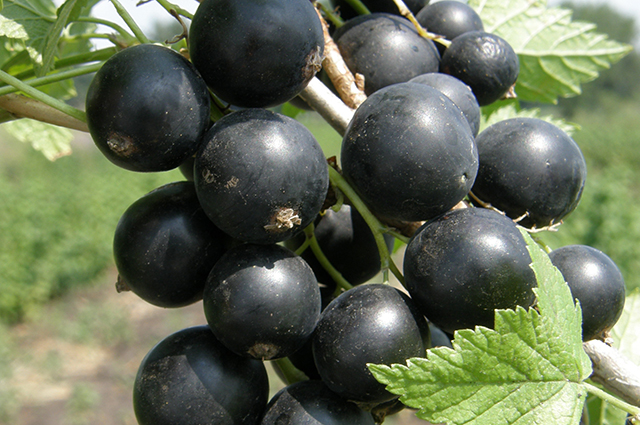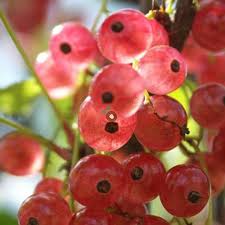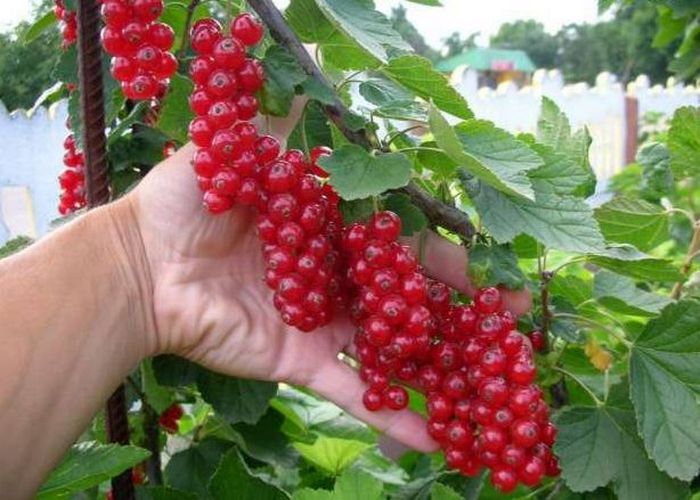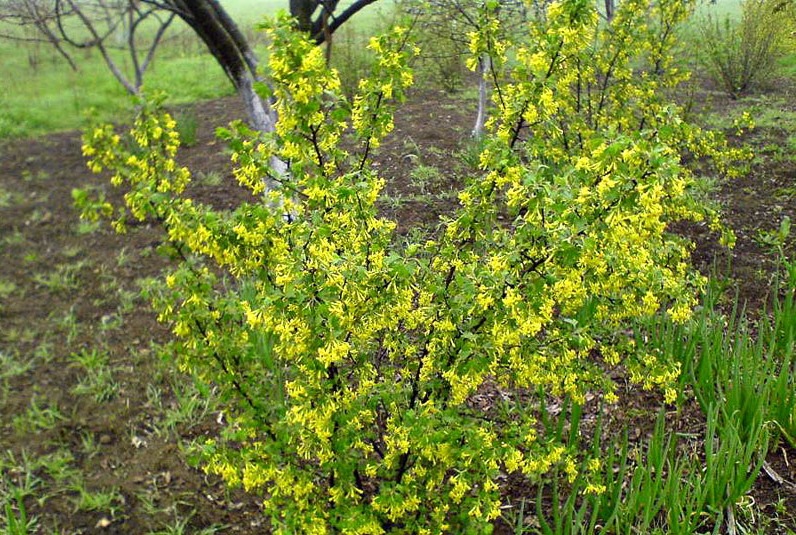Content:
This type of currant was bred by T.S. Zvyagina and T.V. Zhidekhina at the I.V. Michurina by crossing the Black Pearl and Ojebyn varieties. In 2004, the variety was included in the State Register of varieties allowed for use in the Central Black Earth Region.
Black currant Tamerlane variety description
The aboveground part of the bush is a typical perennial shrub. By the age of six, it reaches a maximum height of 115-130 cm. The shoots are medium spreading, the maximum width does not exceed 1.3 m. With age, medium and thin shoots become woody. They are not pubescent, have a grayish color with a yellowish blush, the top has a yellowish brown tint.
As a rule, in the first year of life, the basal shoot does not branch, its branching begins next spring. At 3-4 years of age, it turns into a perennial branch with strong branching, which actively grows and bears fruit. Buds are medium in size, elongated-ovate, located on a short stem and slightly deflected from the shoot. The leaf scar is rounded-wedge-shaped.
The canopy is dense and well developed. The leaves are large, five-lobed, dark green. On the middle and lower part of the shoot, they are darker than young ones on the apical part. The superficial heart-shaped plate is rough, leathery, concave along the midvein. The middle lobe is sharpened and much larger than the widely spaced lateral lobes, it may have additional lateral projections. Leaf petioles are thick, green, of medium length. Located obliquely downward relative to the axis of the shoot.
The flowers are medium-sized, bell-shaped. The folds of the tubular calyx are reddish. The petals are yellowish, with five stamens. The sepals of the flowers are reddish, bent arcuate. Multi-flowered brushes, 5-7 cm long, cylindrical or straight.
The pedicel is thick, the petiole is absent. The duration of the flowering phase depends on the meteorological conditions. With a favorable average daily air temperature, the flowering phase is usually 10-15 days.
Fruits are large, black, round in shape with an average number of egg-shaped seeds, varying in weight - from 1.25 to 2.4 g. The berries ripen in the cluster evenly, starting from the base to the top. The whole brush takes 6-9 days to mature. Tamerlane currant is universal, the berries tolerate mechanical assembly well.
The dry extractive substances present in berries are very diverse, they are: sugars, nitrogenous compounds and tannins, organic and phosphoric acids, pectin substances, glucosides, denfidins, antibiotics and other compounds.
If the currant is planted from a seedling, then the root system does not have a main root, however, the system of fibrous roots is well developed.
Agrotechnics
Location
When choosing a place for the upcoming planting, it should be borne in mind that, although this type of plant is quite shade-tolerant, however, it is preferable to plant it in a place protected from the wind on a well-lit southern side. The progenitors of this hybrid naturally grow in low-lying areas on the banks of reservoirs on moist soils. The groundwater level should not rise above 75 cm to the soil surface.Although the plant quickly adapts to significant fluctuations in air and soil humidity, temporary waterlogging and stagnation of water lead to mass death of active roots.
The culture is not demanding for soil fertility. Choosing between heavy clay soil and loam, you should give preference to the second option. Well-drained light loamy or sandy loam soil is favorable for planting. The acidity reaction should be slightly acidic or neutral.
Landing subtleties
You can plant Tamerlane black currants at any time of the growing season, preferably in the month of August. For this, planting holes are made, approximately 50x50x50 cm in size, or planted in grooves. The distance between the cuttings should be at least 1.3 m. Closely planted bushes during the period of active growth can shade each other, which will lead to a decrease in yield. Half a bucket of water is poured into the prepared soil mixture from the earth and manure and the plant is placed at an angle of 45 degrees to the soil surface, deepening it 4-6 cm deeper than it grew in the mother liquor. This planting method stimulates the growth of new shoots and roots. After planting, the plants are watered in dry weather at the rate of 1 bucket of water per 1 bush. To prevent rapid evaporation of moisture from the soil, the soil should be mulched with peat, sawdust, compost or earth.
Care features
The root system, located in the upper layers of the soil at a depth of 20-30 cm, requires mandatory watering in early June, when there is intensive growth, and the ovary is laid, in late June - early July, during the period of berry filling, and after harvesting in August. September. In dry autumn, winter watering plays an important role. During the growing season, feeding is of great importance. In early spring, fertilize with nitrogenous fertilizers such as ammonium nitrate and urea. After the end of flowering and at the time of the ovary, it is necessary to resort to organic fertilizers: chicken dung and mullein. It is possible to fertilize the bushes after harvesting, this will help to strengthen it.
Currant bushes tolerate shearing well, which is why currants are often used to form curbs and hedges. The stems need constant thinning and rejuvenation. Old stems are cut out, 4-5 branches of a younger age are left in their place, because large berries bear fruit on 3-4 year old stems. Usually their number in a bush is 10-15 pcs. Young shoots are shortened by 5-6 eyes, forming the necessary shape of the berry bush. Pruning unnecessary shoots should be carried out in the cold season, until sap flow begins.
Reproduction and grafting
Black currants can be propagated in two ways: by layering and cuttings. For cuttings in the fall, annual growths are cut from the bush, all leaves are removed and 1-2 strong cuttings with 5-7 buds are cut. The cuttings must be at least 5 mm in diameter, otherwise they will produce weak seedlings. The cuttings are obliquely pressed into the soil prepared in advance, leaving 1-2 buds on the surface. The next year, several shoots grow, and a seedling develops by autumn. Layers should be done from the strongest bushes, replacing less valuable plants. To do this, in the spring, the most closely located 2-3 year old branches are pinned to the ground, sprinkled with peat and form an earthen mound. During dry periods, the pinned branches are watered along with the main bush. By autumn, in the place where the branch is covered with soil, independent roots are formed. The cutoff is cut off from the mother bush with a secateurs and can be transplanted to the desired location.
Advantages and disadvantages of the variety
This type of culture is considered to be a frost-resistant variety. She also tolerates summer heat well, bearing abundant fruit every year.The advantages of the variety are good transportability and productivity, resistance to powdery mildew and leaf spots. Under unfavorable conditions, the plant can infect a bud mite.
Given the totality of the characteristics of this variety, we can safely say that it is the best option for planting in most of the country of Russia. Excellent taste allows you to use the fruits of this currant, both processed and raw.
